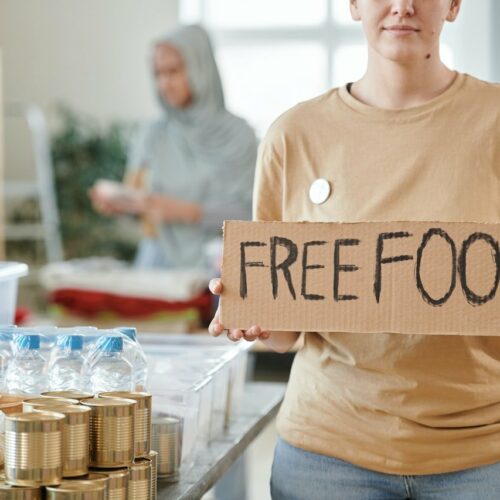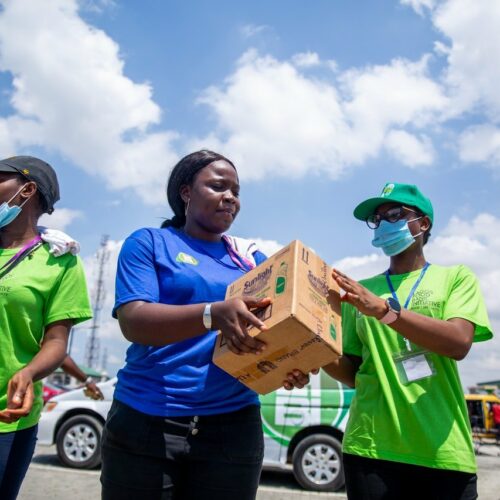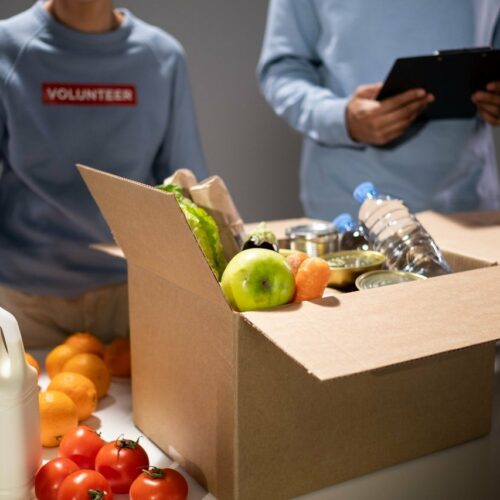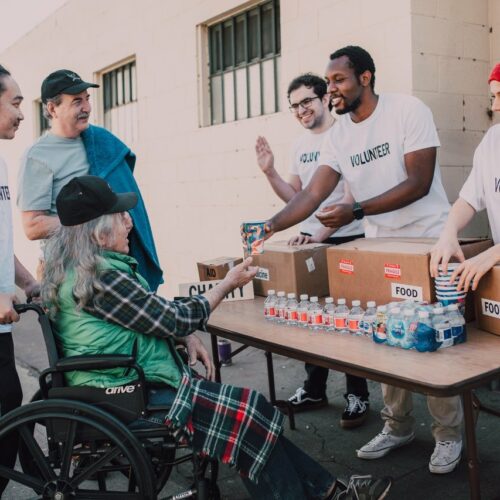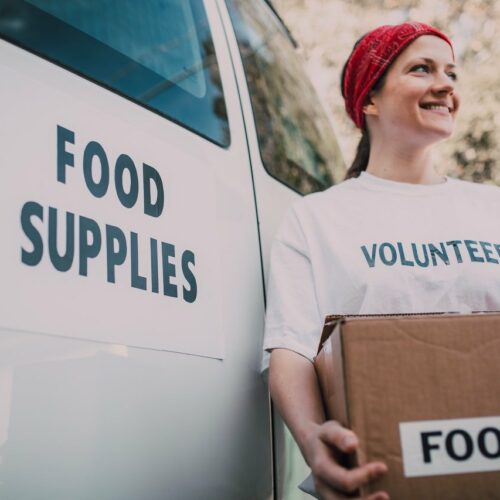When food is not just food
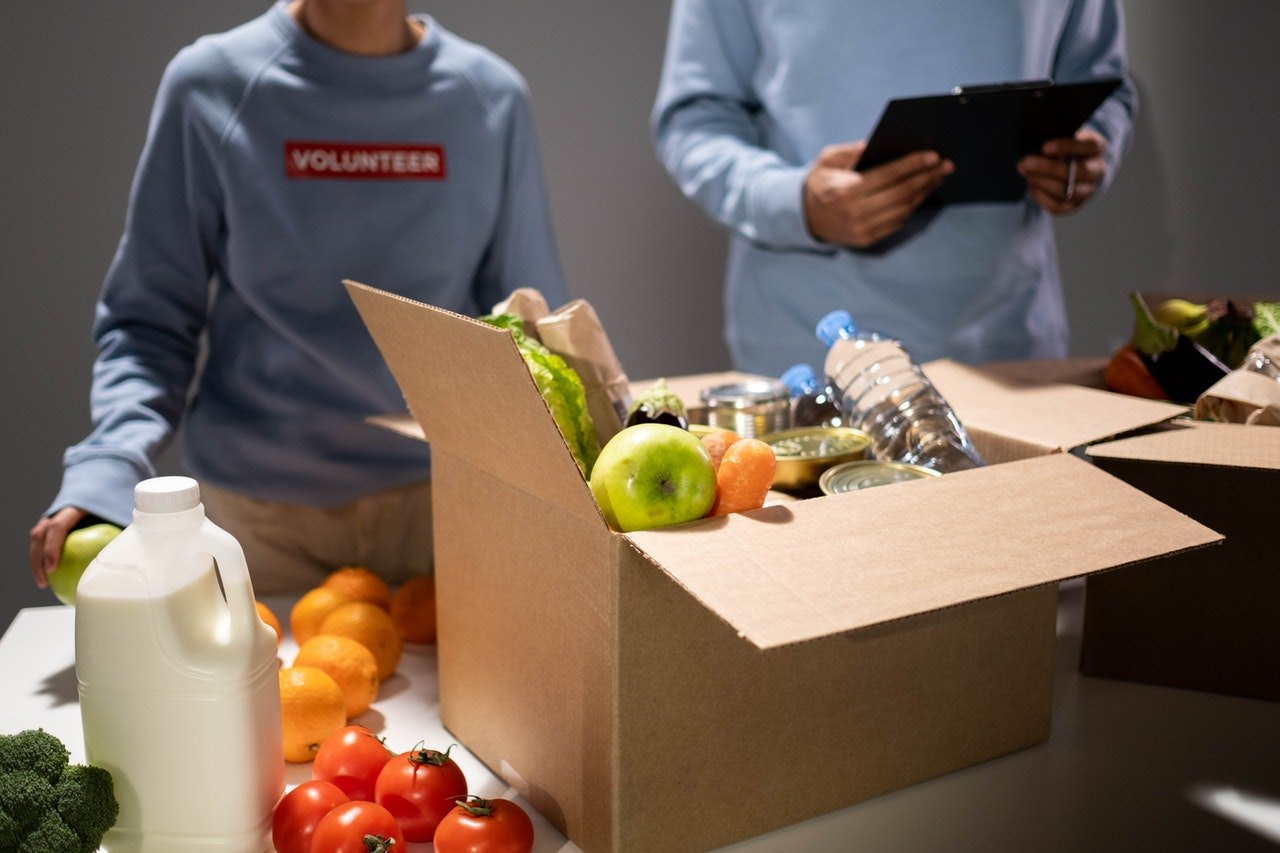
The Experience of the Plate Charity Initiative
4 billion tons of food are produced around the world every year. But a third of them, 1.3 billion tons, go into the trash every year. That’s the UN data. At the same time, many people in the world in the twenty-first century do not have enough money to buy their own food. How to combine these facts and fight the problem locally? Rostislav KOSYURA, creator of the non-governmental organization “Plate”, thought about it.
WHAT IS A “PLATE”?
“Die Tafel” in its essence is a food bank, an organization that collects food from restaurants and stores and distributes it to those who need it. To do this in Germany, you have to fill out a form and provide information about yourself and your income level. With this “ticket” people coming to “Die Tafel” pay a minimum amount (in some cities it is 1-2 euros) and can take for themselves and family food for 30 euros or more. German law promotes the work of food banks. Businesses that make charitable contributions to Die Tafel get a tax reduction.
Since 1993, 947 Die Tafel centers have opened in Germany. They exist in almost every city. In 2018, the employees of these organizations saved 264 million tons of food that would otherwise have ended up in the trash. This food feeds 1.5 million people, including 500,000 children. In 2019, 60,000 volunteers helped Die Tafel centers.
WHAT HAS BEEN ACCOMPLISHED IN TWO WEEKS
“Die Tafel” wants to create a food bank that will collect unused food and that which is about to expire.
One more purpose of the charity initiative is to introduce a “Green Company” award program for the entrepreneurs who give the products to the poor, which will become an indicator of the ecological compatibility of the enterprises, to form a circle of partner-entrepreneurs who will treat the environment responsibly and make donations for the people with low income.
FOREIGN EXPERIENCE
On October 2 of this year the World Food Organization of the United Nations launched a campaign on rational food consumption. It is designed primarily for owners of restaurants, retail chains, coffee and fast-food chains. It is also intended for ordinary consumers. Employees and experts urge to treat carefully and carefully the products, not to buy too much food, which then you can not eat, do not throw away the food that still can be “saved.
World-renowned chefs were involved in the campaign. They showed how delicious dishes could be made from foods that people usually consider “garbage”. The campaign also developed a number of special recipes for foods you want to throw in the trash. The UN World Food Organization is convinced: halving food waste can significantly improve the situation in the fight against hunger.
The Experience of the Plate Charity Initiative
Posts
690 million people do not get enough food to lead healthy and active lives. As conflicts, climate change, and economic instability continue to escalate around the world, hunger is on the rise.


